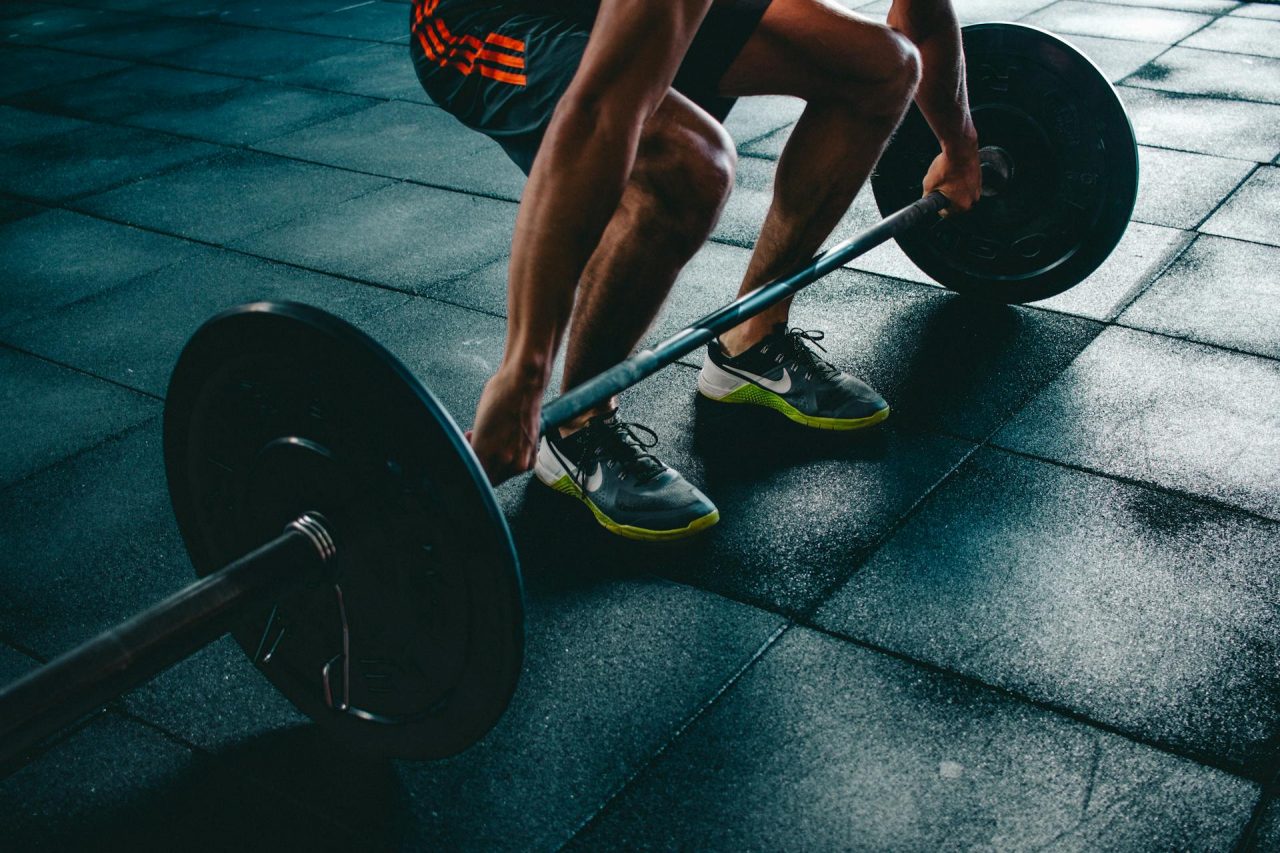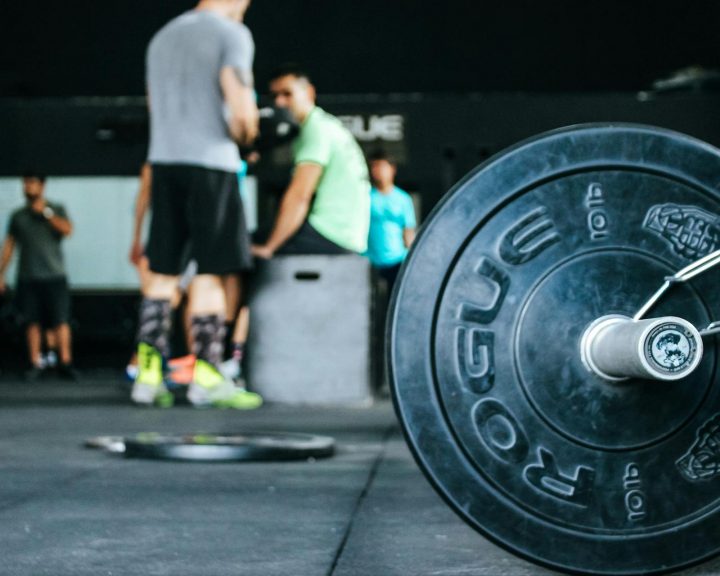The Olympic lifts and their variations have been a mainstay in athletic strength and conditioning since well before I entered the field in the 1990’s. These are variations of the snatch, clean, and jerk. These lifts use practically every muscle of the body, involve exerting force against the ground, require triple extension of the ankle, knee, and hip, and have to be performed explosively. For these reasons they are thought to have a lot of transfer and applicability to the training of athletes.
This post is going to focus on the snatch (bar is taken from the ground to overhead in one motion) and the clean (bar is taken from the ground to the shoulders in one motion).
There are three major variations of the clean and the snatch. They can be performed squat-style, power-style, or split-style. Each has pros, cons, and different applications in an athletic team setting.
Squat Style
These lifts are called a lot of things in the literature. Squat cleans or squat snatches, classic cleans or classic snatches, full cleans or full snatches, or just cleans and snatches. These are how the lifts are done in competition today. In both the clean and the snatch these variations involve receiving the bar in a full squat.
The advantage is that when the bar is received in a full squat it does not have to be pulled to as great a height. This means that, with time, more weight can be handled. The disadvantage is that there is a lot more technique involved in receiving the bar in a full squat and it takes longer to learn the lift. This may or may not be a good use of an athlete’s limited training time. It also means that bumper plates and platforms will be a must for learning/performing these lifts as they are not forgiving of mistakes.
Power Style
The power variations are called power snatches or power cleans. With these variations the bar is received in a quarter squat. This means that the bar has to be pulled to a greater height to receive the bar in a quarter squat, in other words less weight can be handled than in the squat variations. However, pulling the bar to a greater height may result in a greater power production which is what we want when training athletes.
A solid weightlifter can lift 80-90% of their full clean and full snatch on the power variation. This variation is less technical than the squat variation, but time is still required to learn it. It still requires bumper plates and platforms in case a mistake is made.
Split Style
The split style is how the lifts used to be done in competition. This involves receiving the bar in the split position, i.e. with one foot forward and one foot driven behind the athlete. With the split style the bar does not have to be pulled to as great a height as in the power variation. It is less technical than the squat variation, but does require balance. I have found this variation to be easier to teach than the squat style.
The split stye lift is a great one for track and field athletes, baseball players, and softball players that have to lever off one side of the body. A lot of coaches are concerned about balanced development with this lift (won’t one side be overdeveloped?). I have a few thoughts about this. First, we’re talking about 3-5 sets on one exercise – so no one side won’t get overdeveloped. Second, both legs are lifting the bar and accelerating it to the split position. Third, if we’re concerned about overdevelopment then balance it out with a bilateral exercise (split cleans as the first exercise, back squats as the second).




